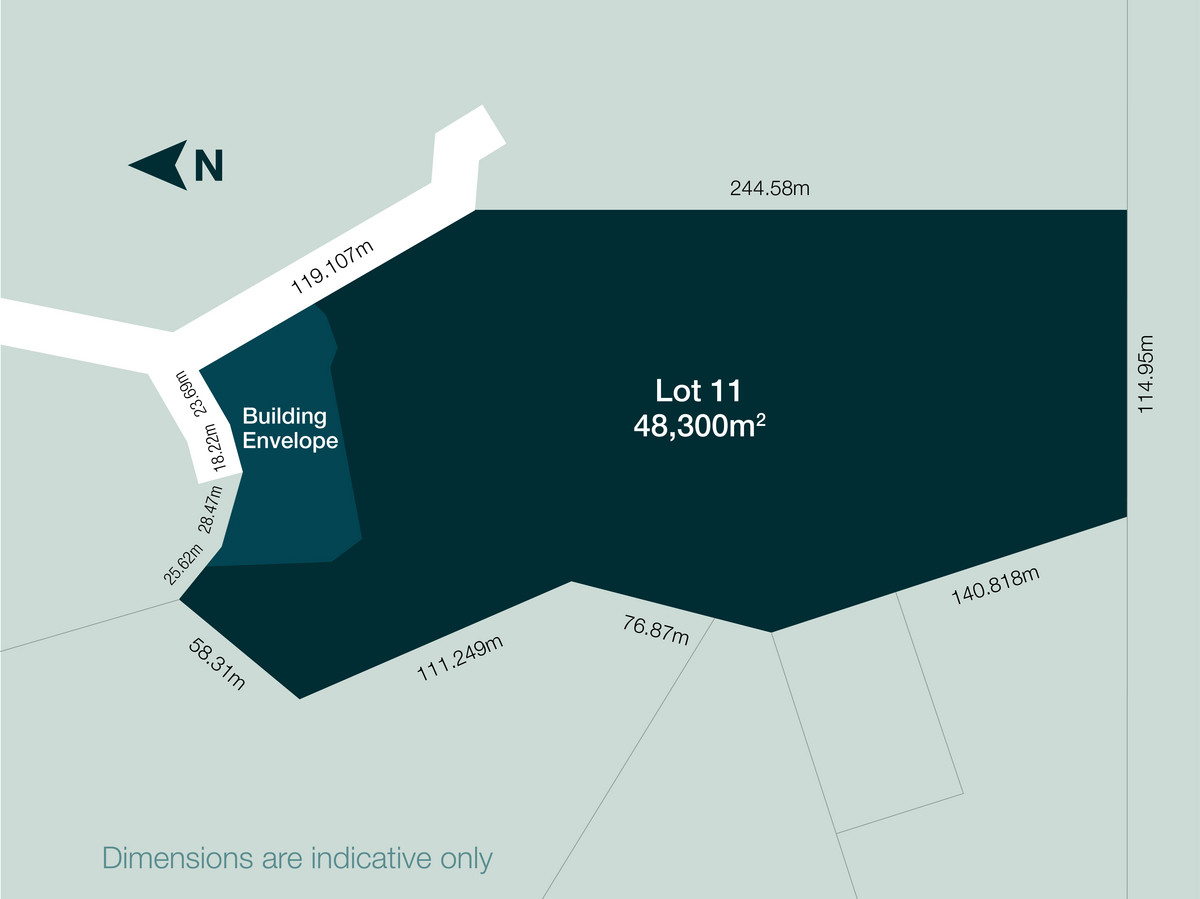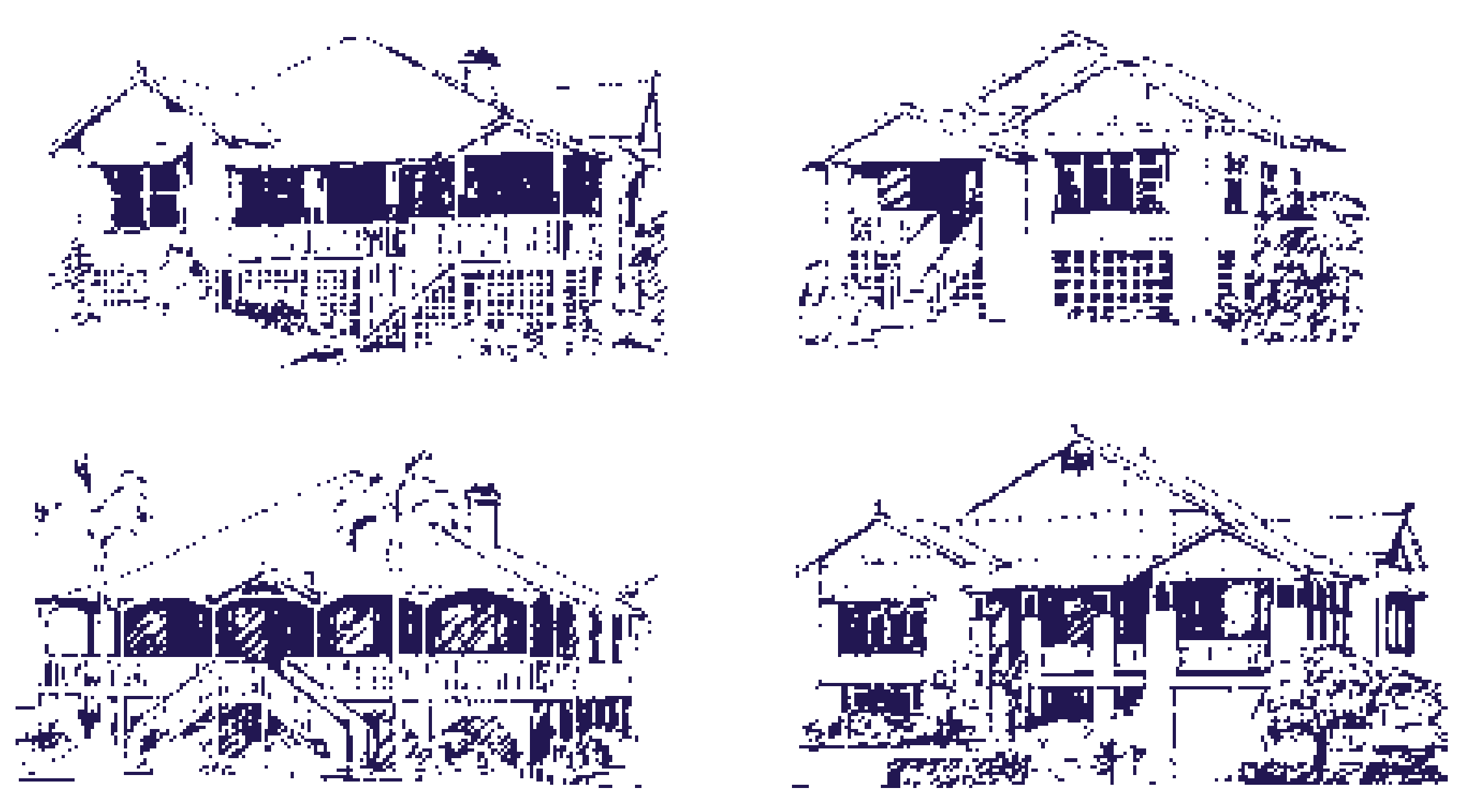Buying land is an exciting time as it brings you a step closer to building your dream home. However, it’s worth taking a second to consider some of the following factors before buying a vacant block of land.
These tips may save you time, money and ensure you don’t buy a block littered with provisions and problems.
Location
Location is perhaps the most important consideration when purchasing a block of land. While you can change the design of your home, you can’t change its location. There are some things which you should seek and some you should avoid.
What to look for:
- Public transport
- Schools
- Shopping and entertainment precincts
- Parks and recreational centre
- Potential views
What to avoid:
- Flight Paths
- Main roads and transport corridors
- Flood zones
- Industrial areas
- Areas prone to noise pollution
- Areas prone to high-rise development
Property Zoning
In Brisbane there are many types of zones that permit different land use within the city.
The zoning of each property guides the type of development allowed on the site. The zoning aims to manage population growth, protect character development and preserve open spaces.
The Brisbane City Plan 2014 is the official legal document that outlines the standards for development. It’s important to check the restrictions on your block before buying to ensure you can build what you want, saving future heartache.
This plan is also a great tool to check future developments in your local area. You wouldn’t want to buy a home to then have a 5-storey building overshadow you years later.

 Image: New buildings must complement the scale of existing buildings within the street (Source: B.C.C, 2013)
Image: New buildings must complement the scale of existing buildings within the street (Source: B.C.C, 2013)
Character Codes
In Brisbane’s character areas, new buildings must be built to complement the scale, height, fence line and roof shape of existing buildings within the street.
If you’re lucky enough to purchase a vacant block in the western suburbs, chances are you’re going to need to adhere to these character codes when designing your house.
Character codes have preserved the beauty of our area, take a drive down Laurel Avenue and look at how every house adheres to the character codes.
To ensure homes are keeping within the character codes, some zones require planning approval before you can start your build.
Overlays
Mapped in the Brisbane City Plan 2014 are overlays. Overlays show a property’s unique characteristics and risks. Its shows owners things they need to be aware of when buying a property. Some overlay examples include:
- Bicycle networks
- Biodiversity areas
- Bushfires
- Character areas
- Flooding
- Heritage buildings
- Landslide hazards
- Significant trees
- Transport noise corridor
- Water resource catchment
- Water way corridors
When you’re considering buying a block of land, it’s important to check the Brisbane City Council (B.C.C) overlays as they can affect the development requirements for a property.
If you check the B.B.C’s overlays and find your block of land in Chelmer is prone to flooding, this means there may be certain council requirements you must meet before you build, such as building above the flood level.
Overlays provide you with more information about your block and will dictate the design of your build.

Size and Shape
Vacant blocks come in all shapes and sizes. Some blocks are practical, others can deem the land essentially useless.
In the Western Suburbs, common practice these days is sub-diving land off large Queenslander properties. This means you can often end up with a unique shape of land.
These blocks could end up costing you a lot more to design and build your property.
Try to avoid these blocks and find a square or rectangular property as this is the easiest shape to build on.
Make sure your dream block is functional and remember, if it’s too good to be true, it usually is.
Slope
The slope of the block, just like the shape, can influence the cost, time and design of the build.
A slope can ensure a great view, however it is also likely to create some added development and design considerations.
It will require extra foundations, extra excavation and drainage, which comes at an added cost.
While you shouldn’t be deterred from building on a slope, as you can reap great results, proceed with caution.
Orientation
According to Your Home - the Australian Government’s guide to environmentally sustainable homes - orientation can increase the energy efficiency of your home, which saves you money and creatse a more comfortable environment to live in.
In Brisbane we live in a hot climate and home orientation, believe it or not orientation can play an important part when designing your home.
‘Your Home’ says as a rule of thumb, you should minimise walls of your house being exposed to the western sun, as this is the strongest heat and will make your house uncomfortably hot.
North is the preferable direction to position windows and living areas, as it allows the house to receive light without overheating.

Connection of Utilities
Perhaps the most critical point of construction is connecting your block of land to water and sewerage. Without these utilities, daily life becomes difficult.
According to Urban Utilities Queensland, most vacant land requires approval before development. You need approval if you are creating a new connection, disconnection, alteration or if you are increasing demand on the current network.
Don’t be like the naive builders you see on Grand Designs who forget about organising the connection of utilities.
Type of Soil
When considering things which can influence buying land, soil is often underrated.
Some soil is reactive and depending on the weather it shrinks or expands. This can end up moving your foundations, putting cracks through your home.
It's important to do a soil test prior to purchase to avoid any costly issues later in the build.
As soil must support your structure, ensuring you have good soil is one of the most important parts of the build.
If you’re interested in buying a block of land and need some advice on finding your happy place, contact Place Graceville.

